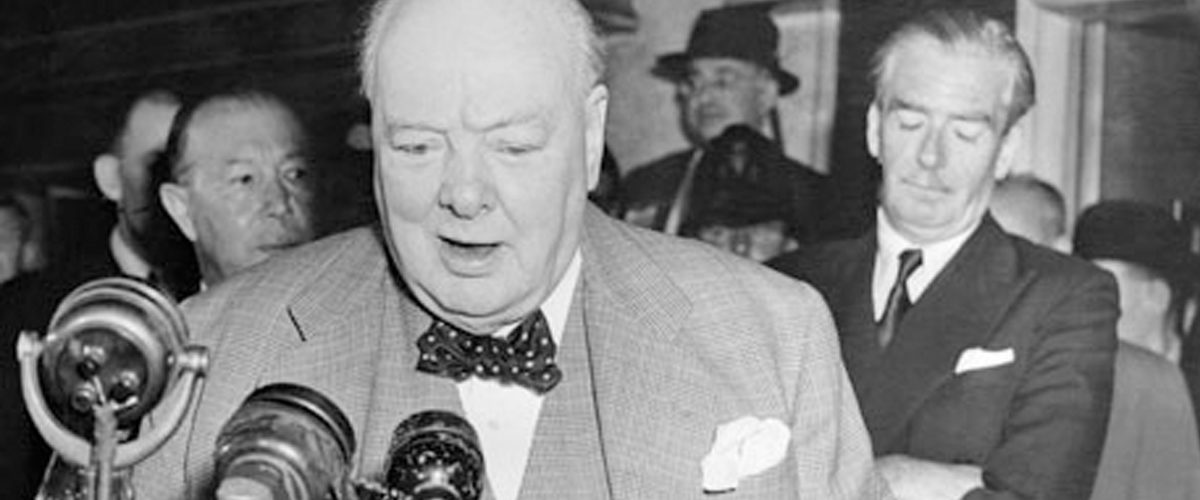
Released to huge acclaim from audiences and critics in 2011, The King’s Speech details King George VI’s struggle to overcome his stammer and fear of public speaking, and his relationship with his unconventional speech therapist Lionel Logue.While it’s a very captivating movie, it also has a lot of practical application as a guide to public speaking, and there are many lessons to learn from the challenges King George VI overcame during his journey in becoming an effective public speaker.
Confidence is Key
The primary struggle of The King’s Speech is King George VI’s struggle to learn to trust his voice. Throughout the film, he learned to become comfortable in his own skin and accept his faults, which translated to overcoming his stutter.Confidence is imperative to giving an effective presentation, especially during an investor or interview presentation where instilling confidence in one’s audience is a must. It’s difficult to fake sincere confidence, which emanates throughout your presentation in a variety of ways, but if you can’t find confidence in your ability to speak in public, a good substitute is to reassure yourself with confidence for what you’re presenting.During the film, a primary reason “Bertie” developed his stammer and fear of public speaking was because he got caught in a cycle of negative reinforcement, where previous public speaking failures caused him to lose confidence in himself, and resulted in him continuing to give poor speeches because of it. After a bad presentation, it’s important to learn from your mistakes, then forget about the bad performance and move forward.
Realize There is Room for Improvement
Chances are you’re not the greatest presenter or public speaker on the planet. There is always room for improvement. However, for those who struggle with public speaking, the greater challenge isn’t realizing you have a problem, but openly addressing it.Whether you seek to improve your public speaking privately, with a college course or elsewhere, the most important factor is that you are addressing the fact that public speaking is a challenge for you. Running and hiding from it will do nothing but make the problem worse.One of my favorite moments in The King’s Speech was the conversation between “Bertie” and his speech therapist when he admitted he needed help:”Lionel Logue: What was your earliest memory?King George VI: I’m not… -here to discuss… -personal matters.Lionel Logue: Why are you here then?King George VI: Because I bloody well stammer!”
Practice
Every great presenter, especially those whose skill appears to be effortless and relaxed, became great through practice and repetition.In Malcolm Gladwell’s popular book, “Outliers,” he presents the “10-hour rule” as the reason for success behind Bill Gates’ wealth and business success and the enormous popularity of the Beatles. He theorizes that these two entities had approximately 10,000 hours of exposure to their craft, which is what made them become so legendary.Practice and experience produces success. Great presentations aren’t improvised. If you want to “wow” an audience, you have to put in the work.Rehearse your presentation until it’s ingrained in your memory–to the point of monotony. Orchestrate your talking points with your visual aid.








